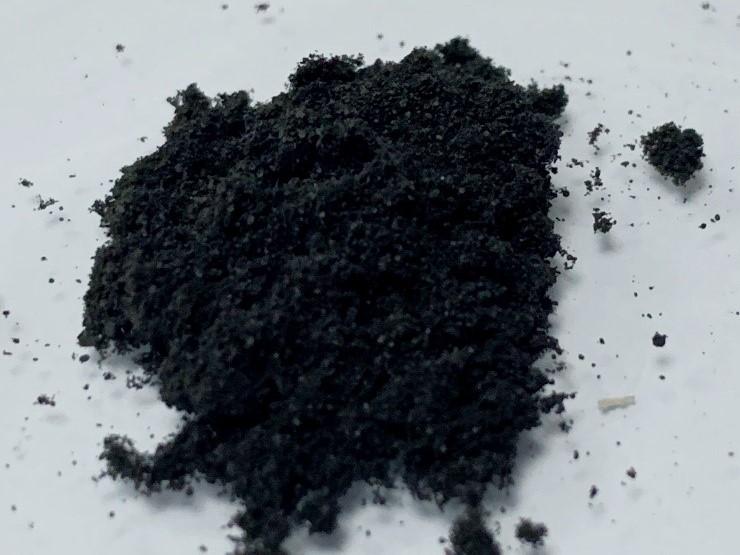Accurate testing of the filtration performance of nanofiber membranes is crucial for evaluating their quality and applicability. Here are some of the main testing methods:
1、 Particle filtration efficiency test
Testing principle
Based on aerosol technology, by generating particle aerosols with a certain particle size distribution, the airflow carries particles through the nanofiber filter membrane. Using optical particle counters and other devices to measure the number and concentration of particles before and after the filter membrane, in order to calculate the filtration efficiency.
Specific operation

First of all, it is necessary to select appropriate particle generation devices, such as spray dryer or condensed nuclear particle counter, to generate representative particles, whose particle size range can be from nanometer to micrometer to simulate different pollutants in the actual filtering environment. For example, for air filtration applications, particles with a diameter of 0.3-10 μ m can be generated, which are similar to common air pollutants such as dust and pollen.
Install the nanofiber filter membrane in the testing fixture to ensure good sealing and prevent particle leakage. Pass the particle containing airflow through the filter membrane at a certain flow rate (such as 1-10L/min).
Measure the particle number concentration before and after the filter membrane using an optical particle counter or laser particle size analyzer. The formula for calculating filtration efficiency is: filtration efficiency=(1- C ₂/C ₁) × 100%, where C ₁ is the particle concentration before the filter membrane and C ₂ is the particle concentration after the filter membrane.
2、 Liquid filtration performance test
Testing principle
For liquid filtration, the main considerations are the retention rate of solutes and liquid flux. Performance is evaluated by passing a liquid containing solutes through a filter membrane under a certain pressure, and analyzing the changes in solute concentration and liquid flow rate before and after the filter membrane.
Specific operation
Choose a suitable simulated liquid, such as a solution containing dye molecules, proteins, or microorganisms of specific sizes. Install the nanofiber filter membrane in a filtration device, such as a flat plate or tubular filtration device.
Apply a certain pressure difference (such as 0.1-1MPa) to allow the liquid to pass through the filter membrane. Collect liquid samples before and after the filter membrane, measure solute concentration using a UV visible spectrophotometer (for dye molecules, etc.), or use microbial counting method (for microbial filtration) to calculate retention rate. Retention rate=(1- C ₂/C ₁) × 100%, where C ₁ and C ₂ are the solute concentrations before and after the filter membrane, respectively.
At the same time, measure the volume of liquid passing through the filter membrane per unit time, i.e. the liquid flux. Liquid flux=V/(A × t), where V is the volume of liquid passing through the filter membrane, A is the effective filtration area of the filter membrane, and t is the filtration time.
3、 Breathability and permeability testing
Testing principle
Breathability is mainly used to evaluate the gas passing ability of nanofiber membranes in applications such as air filtration. Permeability is a measure of the ease of water passing through a filter membrane for liquid filtration applications.
Specific operation
For breathability testing, a breathability tester can be used to measure the volume of gas passing through a unit area filter membrane per unit time under a certain pressure difference (such as 1-10kPa).
For permeability testing, the mass or volume of water passing through the filter membrane per unit time is recorded under a certain pressure difference to evaluate permeability. These tests can help determine the fluid passing performance of the filter membrane in practical applications, in order to find a balance between filtration efficiency and flux.
By comprehensively applying the above testing methods, the filtration performance of nanofiber membranes can be accurately evaluated.
